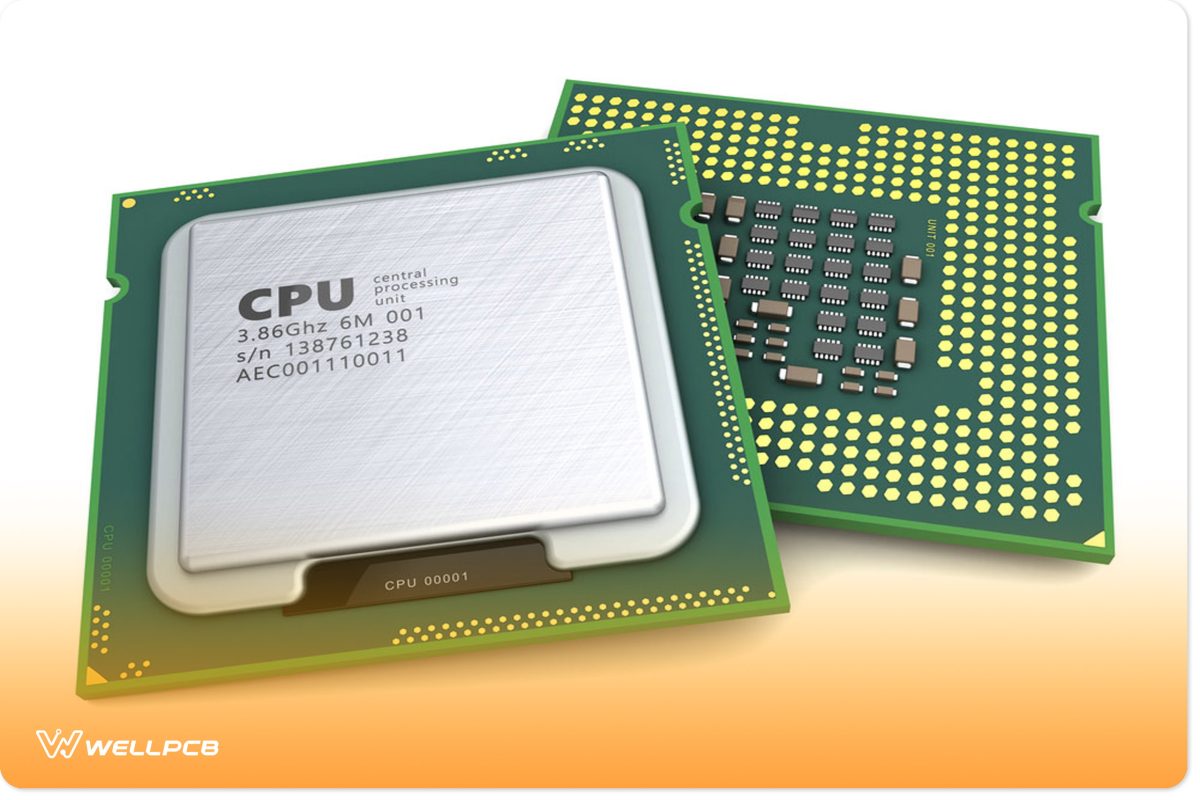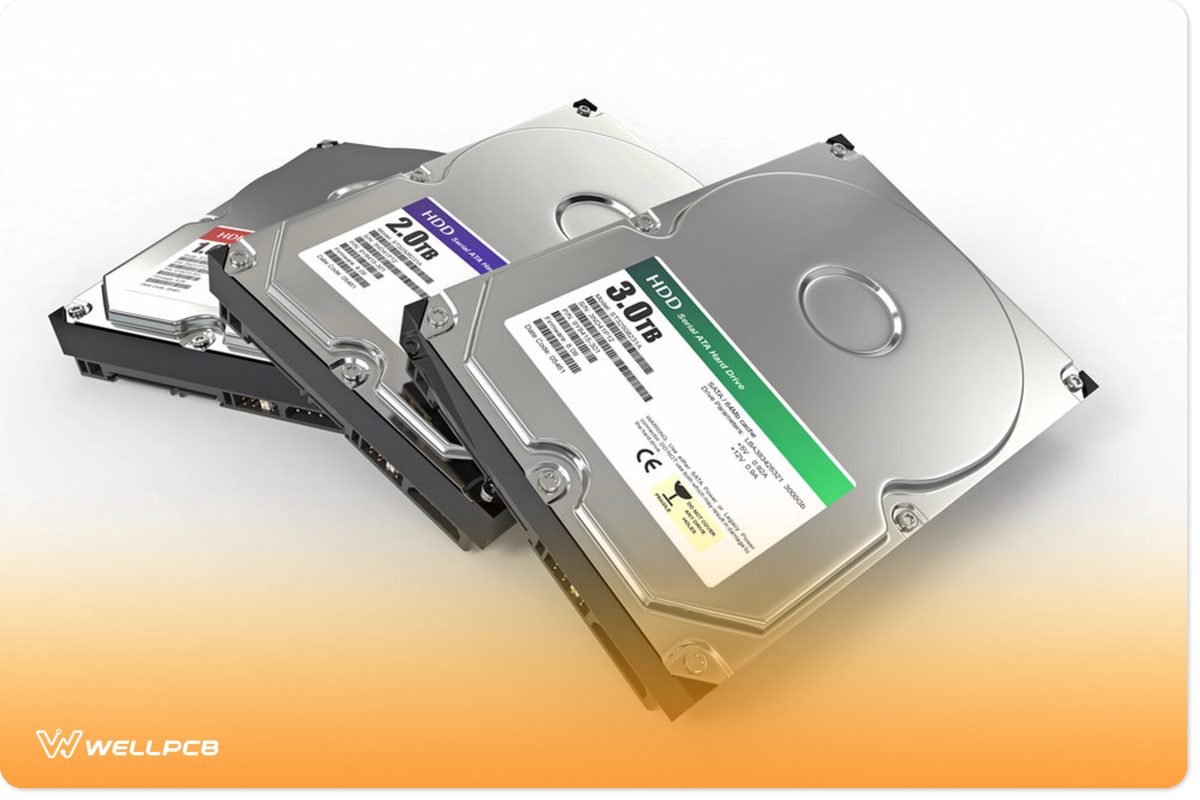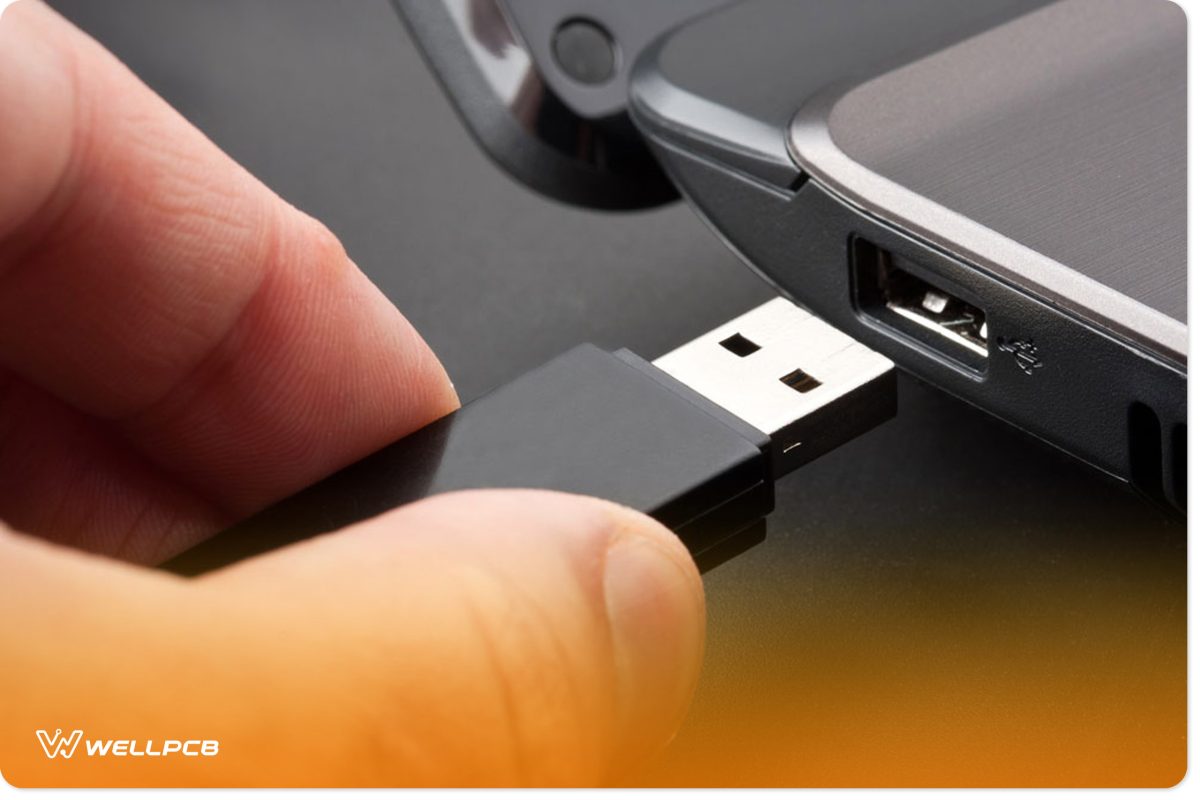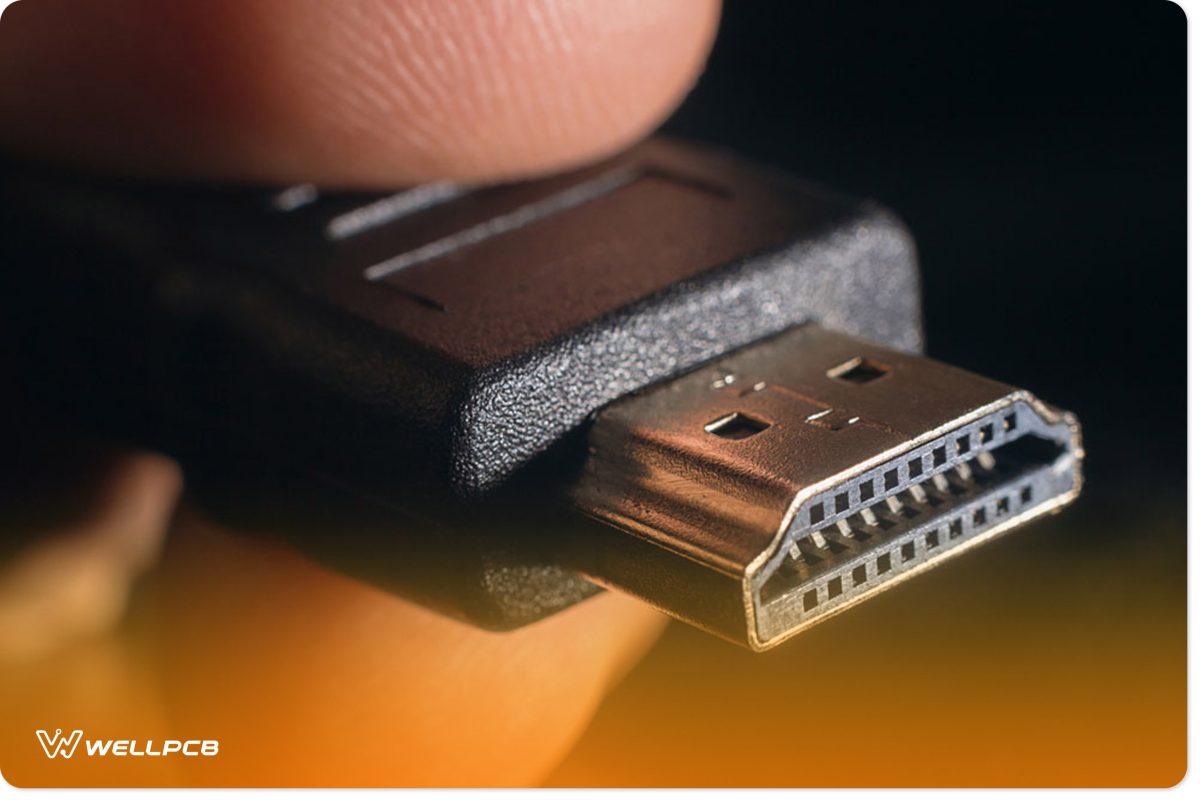Contents
What is a Data Bus
A data bus is a subsystem that has been with us since the early days of personal computers. Data buses are responsible for data transfer on any motherboard or system board. Usually, these data transfers are from one component to another, including the CPU and memory.
Also, data buses can initiate data transfers between two computers. In truth, a single data bus can handle many bits of data. Each data bus’s data transfer capability is what we call bandwidth.
Additionally, a standard data bus size is usually 32-bits. In other words, the data bus can transfer up to 32 bits of data per second.
However, with more advanced technology, we now have 64-bit and 96-bit data buses. Plus, we have devices that can handle the higher bitrates of these data buses.
Why are Bus Controllers Important?
There was a problem with the early motherboards of personal computers. These motherboards used data buses that couldn’t distinguish between a computer’s memory and peripherals. Why? Because they had direct connections.
The direct connection caused various problems. For instance, lit forced devices to use the same operating speed. As a result, we had many slow PCs that would often crash.

Man Frustrated at Slow PC
However, developers were able to solve this problem with bus controllers. Bus controllers help separate computer memory and CPU from peripheral devices. Therefore, CPUs and memories could run at different and faster speeds without affecting the peripherals.
That’s not all. With bus controllers, expansion cards can communicate with each other directly. Also, it eliminated the need to go through the CPU, allowing faster data transfers.
In addition, slow bus speeds translate to slow computer systems.

CPU
Difference Between Database and Data Bus
It’s not uncommon to think data buses have databases. While this misconception seems plausible, the data bus and database are two different concepts. Simply put, a data bus handles data in motion, while a database handles idle data.
In truth, a database is like a storage unit. That is, it stores the information you can access or search for later. Hence, it focuses on data-centric storage.

Storage Unit
Contrarily, a data bus is transfer-oriented. Hence, it focuses on communication between components and handles incoming and outgoing data. Also, It handles data-centric interaction.
Undeniably, there is no database in a data bus. The concept of a database relates to storage. On the other hand, data buses use the virtual global data space and imply data transfer.
Types of Data Buses
We divided the types of data buses into two categories, including parallel data & serial data and internal & external data buses. Let’s take a closer look at these types.
Parallel and Serial Data Buses
You can find both serial and parallel data buses on more modern computers. Although both data buses have different features, they work together on a computer for faster and more reliable data transfer.
A parallel data bus can transfer data simultaneously on many paths. However, each path carries only one bit of data. Good examples of parallel data buses include PC card (Personal Computer Card), SCSI (Small Computer System Interface), and ATA (Advanced Technology Attachment).
On the other hand, serial data buses have only one path. But, this path can carry all the bits individually. Examples of serial data buses you can find today include a serial attached SCSI, FireWire, Serial ATA, and the well-known Universal Serial Bus (USB).

USB
Internal and External Data Buses
There are hardly any computers without internal and external data buses. An internal data bus or local bus creates connections between all the components on a motherboard.
Interestingly, an external data bus handles everything peripherals on the motherboard. Most computers come with different external buses. However, the external devices in question determine the type of external cables, like HDMI and VGA connections.

HDMI
Control and Address Bus
The control and address buses are other types of computer buses. Whenever the data bus sends data, the address bus receives it first before allowing the control bus to execute the data. Let’s take a closer look at how these two computer buses work.
Control Bus
CPUs use the control bus to communicate with other components on a motherboard. However, you can only use cable connections and printed circuit boards to make this communication. Moreover, the control bus is one of the essential pieces for computers.
Control buses are also bidirectional and allow two-way data transfer between components. Also, these buses help CPUs arrange control signals for external features and internal tools.
Additionally, several lines make up a control bus. These lines include byte enable, status, interrupt, and read/write signal lines.
More importantly, the control bus is like a CPU’s mind. The CPU will not detect when the system receives or sends data independently. Hence, a computer system needs a control bus to work correctly.
Address Bus
The address bus is equally essential for a computer system. While the data bus sends/receives data and the control bus executes it, the address bus receives and determines the transmission.
The CPU also needs the address bus to know where to send read/write commands. Also, CPUs can write and read all address buses in the form of bits.
Interestingly, systems with 32-bit address buses can only address a maximum memory space of four gibibytes.
Contrarily, systems with 64-bit address buses can access larger memory spaces, up to 16,384 pebibytes. However, the operating system must be capable of handling such address buses.
Some developers believe the address bus is a collection of wires that can transmit addresses of I/O devices (on and off) or computer memories.
Hence, it implies that address buses are non-directional.
We can use the Intel 88085 microprocessor with a 16-bit address bus as an example.
Since the processor utilizes a 16-bit address bus, it can address up to 665,5536 memory locations. It also combines various signals into one 8-bit data bus.
Hence, all significant address bits transmit through an address bus, while LSB moves through multiplexed data buses.
Last Words
The data bus subsystem has been with us for a while now. Thankfully, we have seen significant improvements that help develop faster data processing systems.
Undoubtedly, the speed problems caused by the simple bus systems would not suffice for today’s computers.
Moreover, the direct connection of data buses meant every component worked at the same speed. Thus, increasing the CPU and memory speed was pretty challenging.
However, the bus controller and other bus systems are effective solutions that have solved the speed problem.
Hence, we have high-performance systems with larger data buses (up to 96-bits).
Please contact us if you have any questions.





